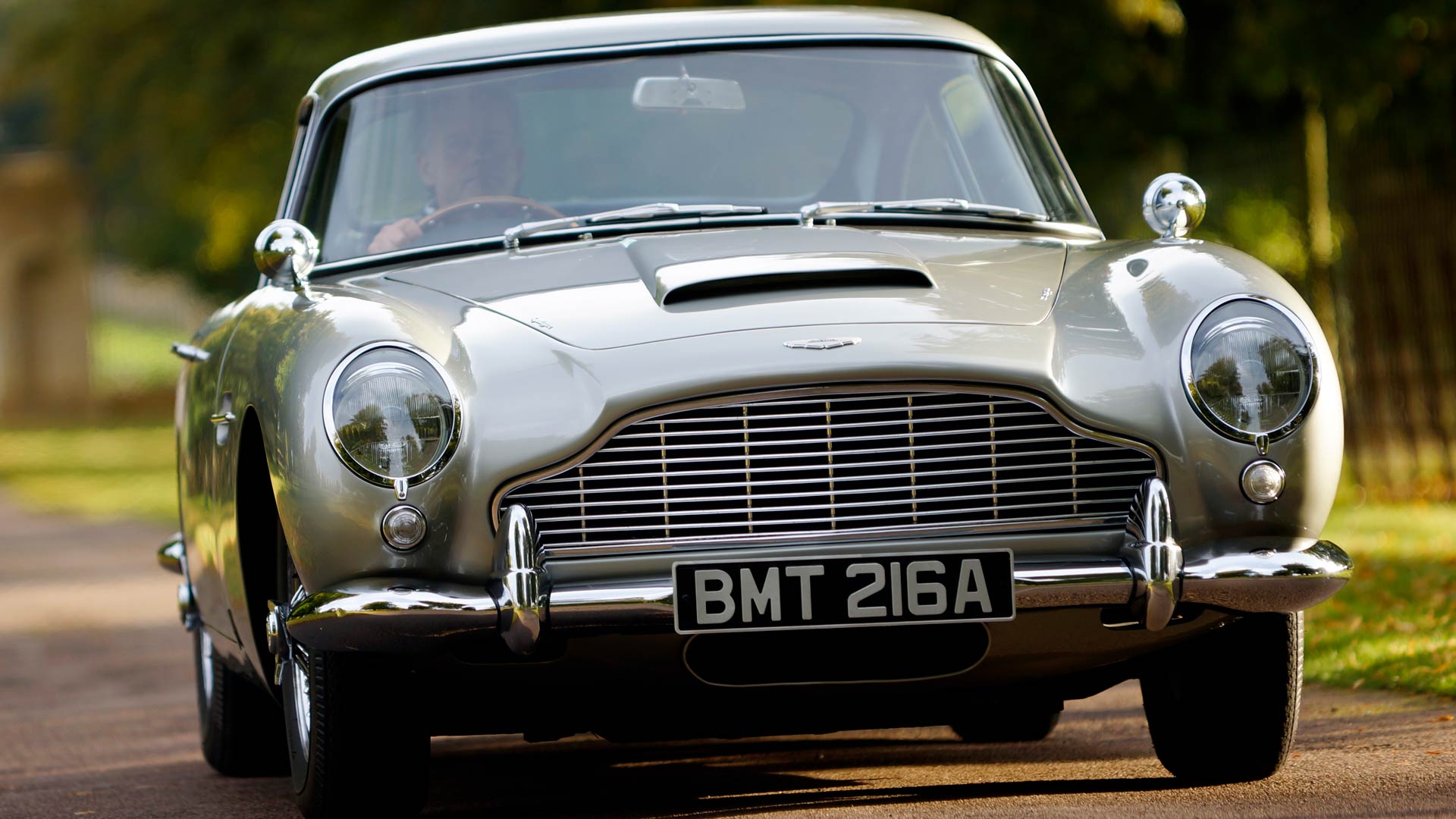
The Story Behind UK Legal Number Plates: A Historical Overview
Dateless Number Plates (1903-1963)
Dateless Number Plates are the oldest and rarest registrations available. Originating in 1903, the first ever Number Plate to be issued was 'A 1', which saw its first light in London, that year. Dateless Registration numbers range from one letter and one number to three letters and four numbers.
One particular reason why "dateless" plates are called this is because the vast majority of the relevant records from the early 1900s are missing or incomplete. As well as the fact that many councils issued car registrations at different times, and it become almost impossible to determine an accurate date for these plates.
Vehicle scrapping has heightened the rarity of dateless registration plates and the fact these "private" plates are not for sale through the DVLA's website means they can only be purchased from dealers or private sellers where available. But a dateless registration number can be assigned to any age of vehicle, and that goes some way towards explaining why they've become so incredibly popular.
Here are some of examples of Dateless Number Plates
Suffix Number Plates (1963-1983)
The Suffix style Number Plate was initially introduced in 1963 as a way for the DVLA to expand the number of possible combinations that could be issued to vehicles. It was decided that the new system would simply incorporate a single letter at the end of the registration as this would not only drastically increase the number of possible combinations but also due to the fact hat the letter could be used as a year signifier.
A suffix style number plate consists of three letters followed by up to three numbers (1-999) followed by the single year signifying letter (excluding I, O, Q, U and Z).
A new letter would be released once per year ranging from January 1963 up until July 1983.
Here are some examples of Suffix Style Number Plates
Prefix Number Plates (1983-2001)
The Prefix style Number Plate was initially introduced in 1983 when the Suffix style registration was beginning to run low in supply. The style was designed to be the reverse of the prior used suffix format where it consisted of a single letter as year signifier (excluding I, Q and Z) followed by up to three numbers ranging from 1 to 999 followed by three letters.
This in turn gave the DVLA millions more possible number plate combinations and it has gone on to remain a popular style of private number plate still seen on vehicles today.
Prefix number plates also saw the introduction of two series of number plates being released per year starting with the S Series in 1998.
Here are some examples of Prefix Style Number Plates
Current Style Number Plates (2001-Present Day)
Current Style Number Plates were introduced back in 2001 when the prefix system came to an end and this is the system still in use to date.
The current style registration is split into three separate sections, each with its own purpose. The first two letters indicate where the vehicle was initially registered. The first of these two letters indicate a region and the second a DVLA Local office. The two numbers in the middle of the registration indicate the age of the vehicle based on a 6 month period ranging from either March to August or September to February. (A new age period is started on the 1st March and the 1st September every year). Finally, the last three letters are completely random and give the vehicle its unique identity.
The current style Number Plates also added additional rules such as new mandatory font that was to be universal across all current registration numbers, as well as new rules against bolts and approved national flags.












